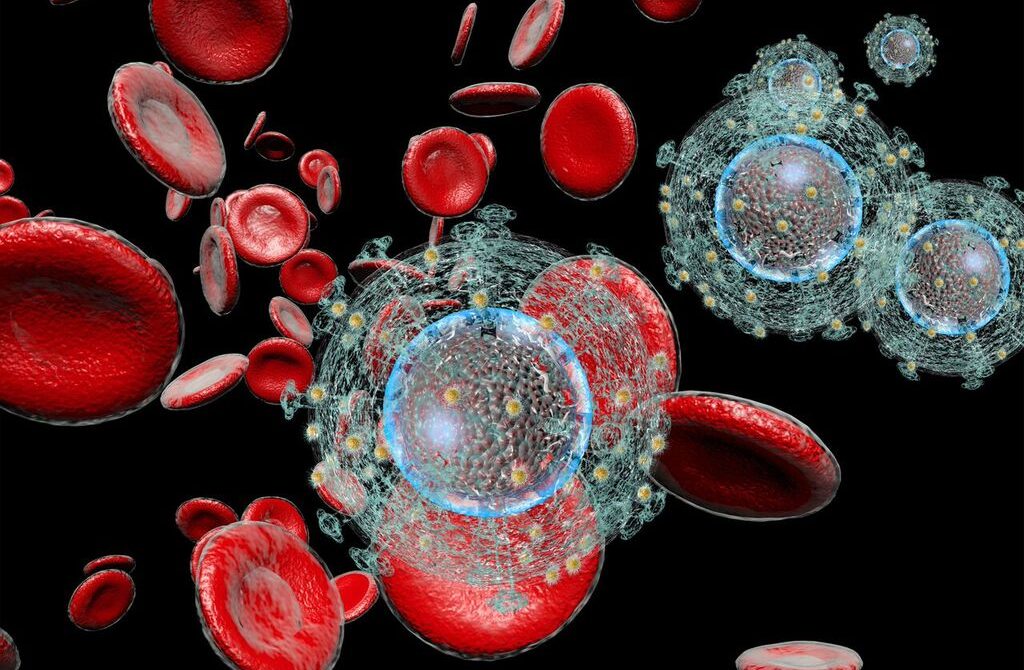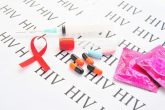
Acquired immunodeficiency syndrome (AIDS) is a chronic, potentially life-threatening condition caused by the human immunodeficiency virus (HIV).
HIV is the virus that causes HIV infection. The abbreviation “HIV” can refer to the virus and or to HIV infection while AIDS is the most advanced stage of HIV infection.
HIV attacks and destroys the infection-fighting cells of the immune system. Loss of these cells makes it difficult for the body to fight infections and certain cancers. Without treatment, HIV gradually destroys the immune system and advances to AIDS.
There are many speculations and belief in a conspiracy theory that HIV was created by scientists either inadvertently or deliberately, while genetic research indicates that HIV originated in west-central Africa during the late nineteenth or early twentieth century.
Both HIV-1 and HIV-2 are believed to have originated in monkeys and chimpanzees in West-central Africa and were transferred to humans in the early 20th century. HIV-1 appears to have originated in southern Cameroon through the evolution of a simian immunodeficiency virus (SIV) that infects wild chimpanzees. HIV-2 appears to have evolved from a virus that affects monkeys in Senegal.
HIV/AIDS is considered a pandemic—a disease outbreak which is present over a large area and is actively spreading. Since its discovery, AIDs has caused an estimated 36 million deaths worldwide. In 2013 alone, it resulted in about 1.34 million deaths and as of 2014, approximately 36.9million people are living with HIV globally. 69% of persons with HIV/AIDS live in sub-Saharan Africa which translates to roughly 23.8 Million infected persons.
Although HIV prevalence is much lower in Nigeria than in other African countries, such as South Africa and Zambia, the size of Nigeria’s population (around 170 million) means that by the end of 2014, there were an estimated 3.4 million people living with HIV.
HIV/AIDS has had a great impact on society, both as an illness and as a source of discrimination. It has affected economic growth and social development in Africa because hundreds of thousands of people are unable to work or receive an education as a result of the disease. In Sub-Saharan Africa the HIV epidemic has a devastating impact on the household. When an income earner falls ill from the virus, he/she has to be cared for by other household members. This in turn prevents those family members from working, leading to additional income loss for the family.
Women make up 59% of HIV positive people in Africa and 91% of the world’s HIV-positive children live in Africa. They become infected as a result of transmission from mother to fetus during pregnancy. An infant has a 20-40% chance of contracting the virus from the mother during pregnancy if the mother does not receive treatment.
HIV/AIDS remains one of the world’s most significant public health challenges, particularly in low- and middle-income countries. The use of the antiretroviral drugs significantly reduces the number of HIV-related deaths by delaying the progression of the virus, allowing HIV infected people to live relatively healthy, normal lives. There is an insufficient supply of antiretroviral drugs however so sadly only half (56%) of eligible HIV-positive patients in Africa are able to receive treatment. For children living with HIV in Africa, the numbers are worse – only 32% received treatment in 2014.
It usually takes up to 3 months after contracting the HIV virus, for antibodies to the infection to develop and be detected in the blood. An HIV test is a test that detects if a person has HIV infection.
HIV testing has three distinct benefits:
- It helps people learn their HIV status
- For those who test positive, it helps them learn about the options for treatment, care and support.
- It is widely noted that individuals with HIV who are aware of their status are also less likely to transmit HIV to others. Knowing that one is positive for HIV helps that person to make better decisions about sex and health care.
Antibody tests in children younger than 18 months are typically inaccurate due to the continued presence of antibodies from the mother. HIV infection can therefore only be diagnosed by special PCR testing at this age. There is however lack of access to reliable PCR testing and so many places simply wait until either symptoms develop or the child is old enough for accurate antibody testing.
Use of condoms has doubled in recent years because it is an inexpensive option to offer to both the HIV-positive and negative and has played a key role in reducing the transmission of HIV. However, this method is void when couples are hoping to conceive or have already engaged without protection with infected persons.
Poverty, relationship with parents, peers and partners, limited HIV information and education, gender dynamics, and beliefs and attitudes about HIV have all been found to work against condom use across Sub-Saharan Africa. Religious and cultural leaders have often acted as a barrier to previous attempts to provide sex education for young people and the general public.
HIV/AIDS education plays a significant role in preventing the transmission of the disease.
Join us on The HealthZone on Thursday December 3 for an in-depth discussion on HIV/AIDS.


